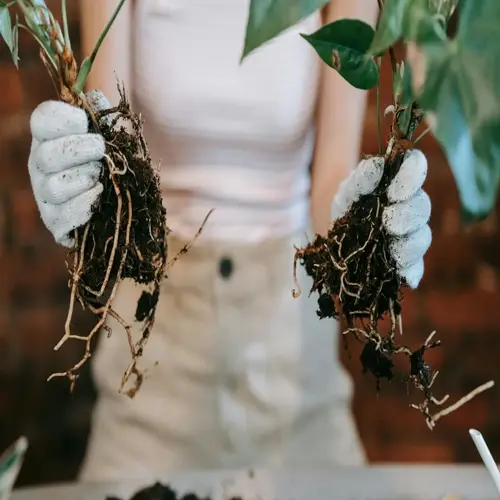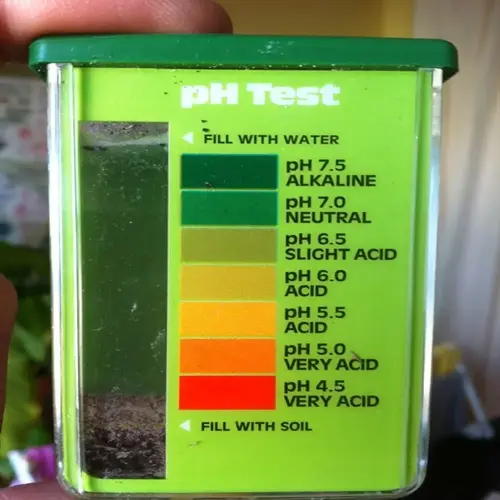Can I reuse soil from spider mite-infested plants?

Written by
Liu Xiaohui
Reviewed by
Prof. Martin Thorne, Ph.D.Reusing soil from previously contaminated plants requires meticulous sterilization of the planting medium to destroy the hidden eggs of these pests. They lay their eggs deep in the soil, where they remain for several weeks until they find a new host to feed upon. I learned this expensive lesson by losing three batches of plants due to infected soil. Correcting this situation will avoid the recurrence of an infestation.
Heat Treatment Methods
- Bake soil at 200°F (93°C) for 30 minutes minimum
- Steam sterilize at 140°F (60°C) for 45 minutes minimum
- Use oven thermometers to verify target temperatures
- Spread soil in thin layers for even heat penetration
Post-Treatment Handling
- Cool soil completely before reuse
- Replenish beneficial microbes with compost tea
- Store sterilized soil in sealed containers
- Wait 21 days before planting susceptible crops
To carry out oven sterilization safely, wet soil is distributed 2 inches deep on baking trays. An internal temperature of 200°F (93°C) should be achieved (using probes) in the soil. Foil tents help me to retain steam. Heating should not be too excessive, otherwise it produces toxins harmful to future plants.
Solarization provides a non-chemical summer treatment. Place moist soil in clear bags exposed to full sun for four weeks. This produces the greenhouse effect and kills mites naturally. My zucchini plants grew well in soil treated with solarization, while untreated batches were reinfected immediately.
Reestablish microbial life after heat treatment. Apply compost tea within 24 hours of cooling. This puts back the beneficial bacteria destroyed by the heat. I grow the aerated tea by using worm castings and molasses. Only lasting soil biology deters mite infestations in the future.
Consider options for high-risk situations. Rather than recycling, dispose of soil that supports severe infestations. First, grow plants resistant to mites, such as garlic or chives, in the treated bed. I use this buffer method before planting any sensitive tomatoes or beans.
Read the full article: Ultimate Spider Mite Control Guide

